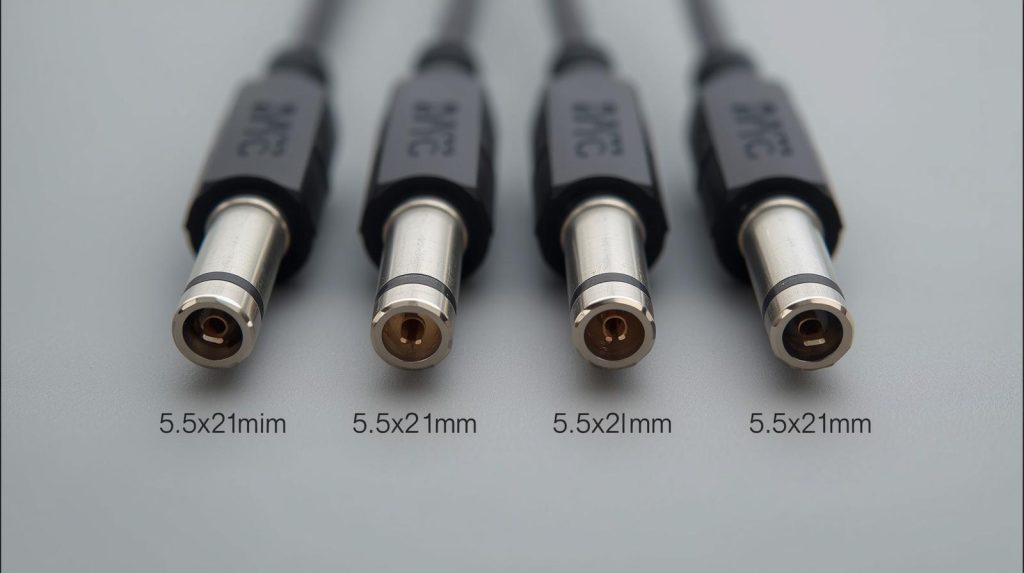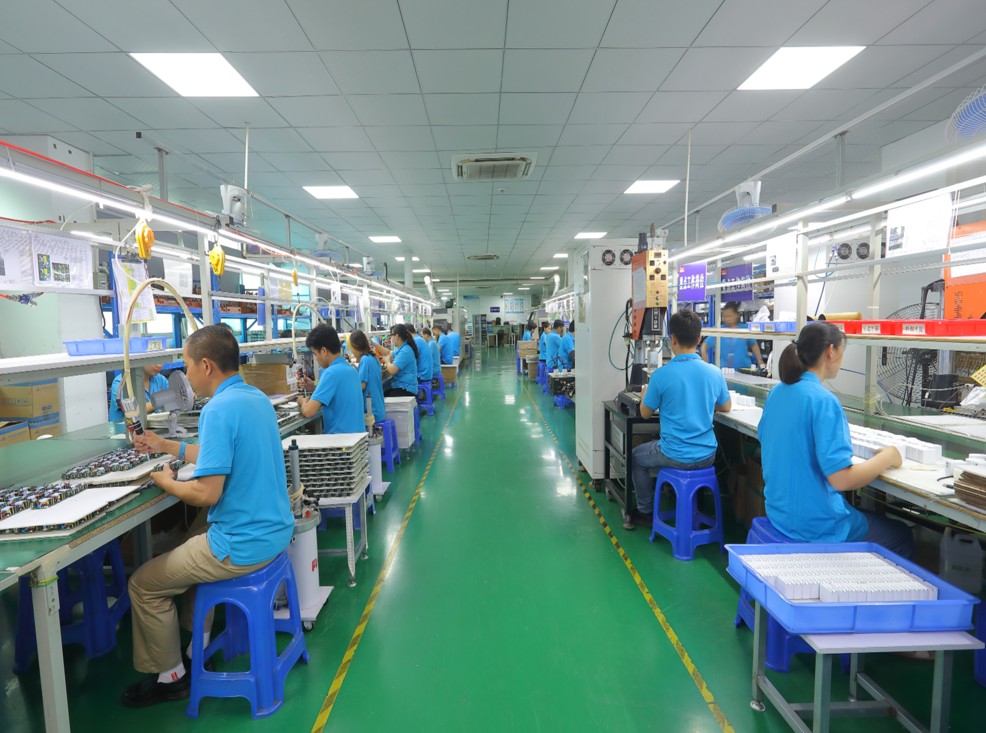Choosing the right power adapter may seem simple, but using an incompatible one can damage your device, cause overheating, or even create safety risks. Whether you’re a product engineer or a purchasing manager, understanding how voltage, current, and connector types work together is essential for selecting a reliable and efficient power adapter.
This guide will walk you through the key specifications you need to match — and help you make confident decisions when sourcing power adapters for your applications.
Voltage: Matching Your Device’s Requirements
Why Voltage Must Match Exactly
Voltage is the most critical parameter to get right. Every electronic device is designed to operate at a specific input voltage, such as 5V, 12V, 19V, or 24V.
- If the voltage is too high, it can damage internal components or shorten your device’s lifespan.
- If the voltage is too low, your device may not start, reset randomly, or perform poorly.
For example, using a 19V adapter for a 12V device could permanently damage its circuitry. Always check the voltage rating printed on your device’s label and ensure your adapter output matches it exactly.

Current: Providing Enough Power
The Rule of Current Matching
Unlike voltage, current (measured in amperes, A) doesn’t need to match exactly — but it must meet or exceed the device’s requirement.
For example:
- If your device needs 12V 2A, you can safely use an adapter rated for 12V 3A or even 12V 5A.
- But using a 12V 1A adapter will overload the power supply, causing overheating or early failure.
Think of current as “available power”: the device will only draw what it needs. Choosing an adapter with a slightly higher current capacity improves stability and extends product lifespan.
Wattage: Understanding Total Power Output
Power (in watts, W) is calculated as Voltage × Current.
For example, a 12V 3A adapter provides 36W of power.
When selecting an adapter, make sure its wattage capacity exceeds the device’s power consumption by at least 20–30% for safe operation.
Higher wattage adapters are not necessarily “stronger” — they are simply capable of delivering more power if needed. It’s the voltage that must match exactly.
Connector Type: Ensuring Physical Compatibility
DC Plug Dimensions
Even if the voltage and current are correct, the adapter plug must physically fit your device’s socket.
Most DC plugs are described by outer diameter (OD) and inner diameter (ID) — for example, 5.5mm × 2.1mm or 5.5mm × 2.5mm.

Here are some common types:
| Outer × Inner (mm) | Common Applications |
|---|---|
| 5.5 × 2.1 | Routers, LED lights, CCTV |
| 5.5 × 2.5 | Laptops, monitors |
| 4.0 × 1.7 | Small electronics |
| 3.5 × 1.35 | Cameras, modems |
When in doubt, measure the plug with a caliper or consult your device’s manual.
Polarity: Center-Positive or Center-Negative
Another crucial aspect is polarity — which pin carries the positive (+) voltage.
Most modern adapters use center-positive polarity (the inner pin is +, the outer barrel is –), but always confirm with your device’s label.
Using the wrong polarity can immediately damage sensitive electronics.

Efficiency and Certification
Why Efficiency Matters
An efficient adapter converts more electricity into usable power and less into heat.
High-efficiency models (such as DOE Level VI or VII compliant) not only save energy but also extend the adapter’s lifespan.
Certifications to Look For
Depending on your market, you may need one or more safety certifications:
- UL / ETL – United States
- CE – Europe
- FCC – North America (EMI compliance)
- PSE – Japan
- CCC / CQC – China
- KC – Korea
Certified adapters ensure compliance with international safety and performance standards, giving both engineers and procurement teams peace of mind.

Other Factors to Consider
- Operating temperature: Choose adapters with proper ventilation or derating for hot environments.
- Cable length and flexibility: Longer cables add convenience but can cause voltage drop.
- Environmental resistance: For outdoor or industrial use, select IP-rated waterproof adapters.
Why Choose Shenzhen Xinjukang Technology (XJK Power) Co., LTD
As a professional manufacturer of high-quality power adapters, Shenzhen Xinjukang Technology (XJK Power) provides a complete range of solutions, including standard adapters, medical-grade power supplies, PoE adapters, chargers, and open-frame models.
All products are designed for global markets and certified to meet UL, CE, FCC, and IEC safety standards. With years of experience in OEM/ODM customization, XJK Power ensures stable performance, safety, and reliable delivery — helping our partners power their devices with confidence.
Whether you need a 12V 3A power adapter for consumer electronics or a medical-grade 72W supply, XJK Power delivers quality you can trust.
Conclusion
Selecting the right power adapter isn’t just about finding one that “fits.” You must match voltage exactly, provide enough current, and ensure the correct connector and polarity. Efficiency, certification, and quality are equally vital for long-term reliability.
By following this guide — and working with trusted manufacturers like XJK Power — you can ensure your devices run safely, efficiently, and without interruption.





